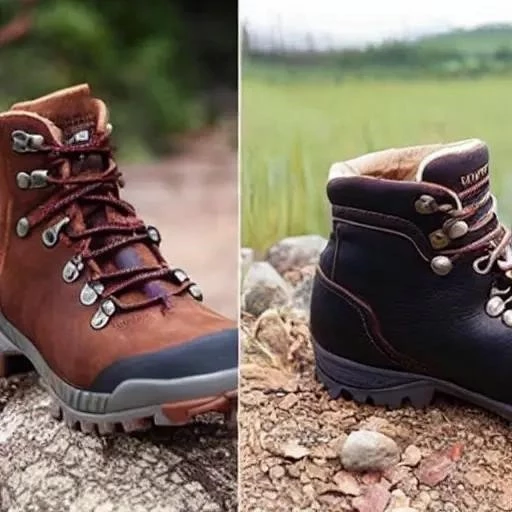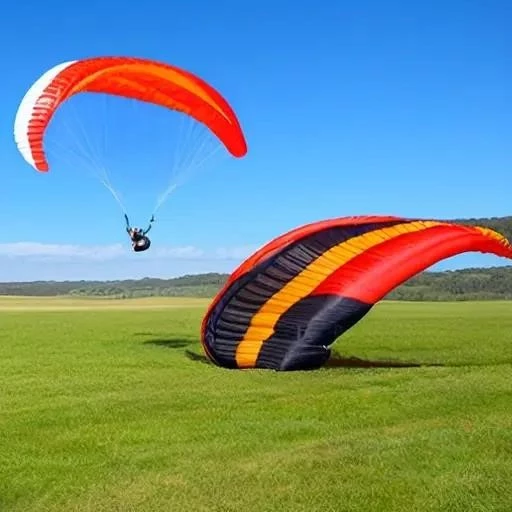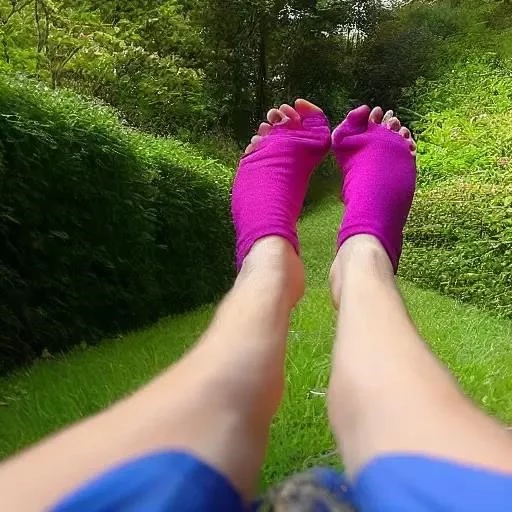In the exhilarating world of outdoor adventure, few debates ignite as much passionate discussion as the perennial question: which is better, hiking boots or shoes? For decades, heavy, ankle-supporting boots were the undisputed champions of the trail, seen as the indispensable shield against nature’s unpredictable elements. However, a quiet revolution has been brewing, driven by innovative footwear technology and a growing chorus of experienced hikers advocating for lighter, more agile alternatives. Today, as we stand on the cusp of an exciting future for outdoor exploration, understanding this pivotal choice is more crucial than ever for aspiring and seasoned adventurers alike.
The decision between sturdy boots and nimble shoes isn’t merely a matter of personal preference; it profoundly impacts everything from your physical comfort and endurance to your overall safety and enjoyment on the trail. By integrating insights from a vibrant community of hikers, seasoned outdoor enthusiasts, and cutting-edge gear developers, we’re peeling back the layers of tradition to reveal a nuanced truth. This article aims to empower you with the knowledge needed to confidently select the perfect footwear, ensuring every step on your journey is supported, efficient, and ultimately, deeply satisfying, transforming potential discomfort into pure, unadulterated joy.
| Feature Category | Hiking Boots (Traditional) | Hiking Shoes / Trail Runners |
|---|---|---|
| Ankle Support | High-cut design offers superior ankle stability, crucial for uneven terrain and heavy packs. | Low-cut design provides minimal to no ankle support, relying on natural ankle strength; |
| Weight & Agility | Heavier and more robust, potentially leading to increased fatigue over long distances. | Significantly lighter, promoting speed, agility, and reduced energy expenditure. |
| Protection & Durability | Generally more water-resistant, abrasion-resistant, and protective against debris. | Often more breathable but less protective against water, debris, and harsh impacts. |
| Breathability | Can be less breathable due to thicker materials and waterproof membranes, potentially causing hot feet. | Typically highly breathable, allowing for better air circulation and faster drying. |
| Terrain Suitability | Ideal for rugged, rocky, muddy, off-trail, or boggy conditions where maximum protection is needed. | Best suited for well-maintained trails, moderate terrain, and faster-paced hiking. |
| Pack Weight Suitability | Recommended for carrying heavy backpacks (30+ lbs) due to enhanced support. | Preferred for lighter loads or day hikes; can be used with heavier packs by experienced hikers with strong ankles. |
| User Experience/Skill | Often preferred by beginners or those needing extra stability; requires a break-in period. | Favored by experienced hikers seeking to reduce weight and increase comfort; may require ankle conditioning. |
| Reference Link | Appalachian Mountain Club (AMC) Guide | |
The Enduring Appeal of Hiking Boots: A Fortress for Your Feet
For many, the image of hiking boots evokes a sense of rugged reliability and unwavering protection. Traditionally, these robust companions have been lauded for their unparalleled ankle support, a feature deemed incredibly effective when navigating treacherous, uneven terrain or shouldering a substantial backpack. As one Reddit user on r/hikinggear aptly noted, “Boots will give you more foot and ankle support. This is a good thing if you have a heavy bag.” This sentiment resonates deeply with those undertaking multi-day treks or traversing areas without well-defined paths, such as the famously boggy landscapes of Ireland, where ankle support isn’t just a comfort—it’s a necessity.
Beyond stability, hiking boots offer superior protection against the elements. Their higher cuffs are strategically designed to prevent stones, mud, snow, and water from infiltrating, ensuring your feet remain dry and comfortable even in the most challenging conditions. This impressive water and abrasion resistance makes them undeniably crucial for adventures where durability is paramount. While they might feel weightier and perhaps a bit clunkier, the peace of mind derived from knowing your feet are encased in a formidable, protective shell is, for many, an invaluable asset, allowing them to focus entirely on the breathtaking journey ahead.
The Rise of the Agile Challenger: Hiking Shoes and Trail Runners
Yet, the landscape of hiking footwear has dramatically evolved, with hiking shoes and trail runners emerging as formidable contenders, especially for a new generation of hikers prioritizing speed, breathability, and comfort. These lighter alternatives, often weighing significantly less than boots, have been championed for their ability to reduce foot fatigue, making long days on the trail remarkably more enjoyable. The Appalachian Mountain Club (AMC) highlights that shoes “tend to be lighter, more breathable, and more relaxing to wear,” a perspective enthusiastically echoed across online hiking communities. Many experienced hikers, having embraced lighter options, report a profound improvement in their overall hiking experience.
The transition from boots to shoes, for some, has even resolved persistent issues. One hiker on r/hikinggear shared a transformative experience: “Switching to shoes instead of boots made my knee issues disappear.” This anecdotal evidence, coupled with the inherent breathability of shoes, makes them an incredibly appealing choice for well-maintained trails and warmer climates. While they offer less ankle support, this can be mitigated by developing stronger ankles through targeted training, a strategy advocated by seasoned hikers. The prevailing wisdom from the AMC now suggests, “The short answer is that you probably don’t need hiking boots. Hiking shoes or trail runners will be a better bet for most hikers;” This marks a significant shift, emphasizing that robust hiking shoes are increasingly seen as the choice for more experienced individuals looking to shed weight and reduce heat.
Navigating Your Personal Footwear Journey: The Optimistic Path Forward
Ultimately, the “better” choice between hiking boots and shoes isn’t a universal decree but a deeply personal decision, influenced by a confluence of factors including the specific terrain, your pack weight, your ankle strength, and your hiking experience. The diverse opinions across Reddit forums and expert guides underscore that what works brilliantly for one adventurer might prove less ideal for another. For beginners, or those venturing into truly rugged, remote, or heavy-pack conditions, the foundational support and protection offered by traditional boots remain an incredibly sensible starting point, providing a secure platform for building confidence.
However, as you gain experience, strengthen your ankles, and perhaps lighten your pack, the compelling advantages of hiking shoes — their breathability, reduced weight, and enhanced agility — become increasingly persuasive. The future of hiking footwear is bright and personalized, offering an incredible array of options designed to optimize your trail experience. By carefully assessing your needs, considering the trail ahead, and perhaps even experimenting with both styles, you can confidently stride forward, knowing you’ve made an informed choice. Embrace this journey of discovery, for the perfect pair awaits, ready to carry you towards countless unforgettable outdoor adventures, transforming every hike into a celebration of movement and nature.






